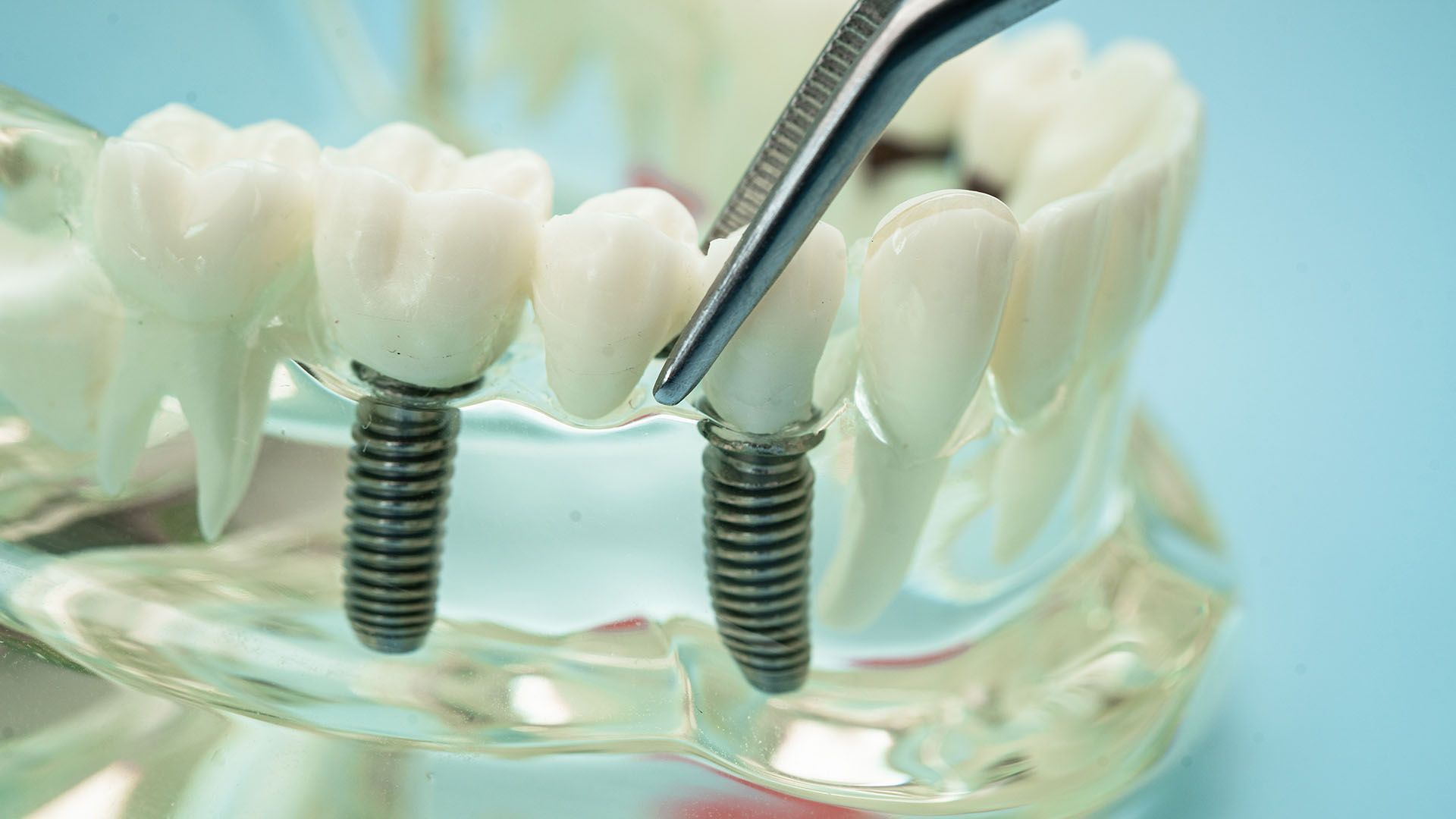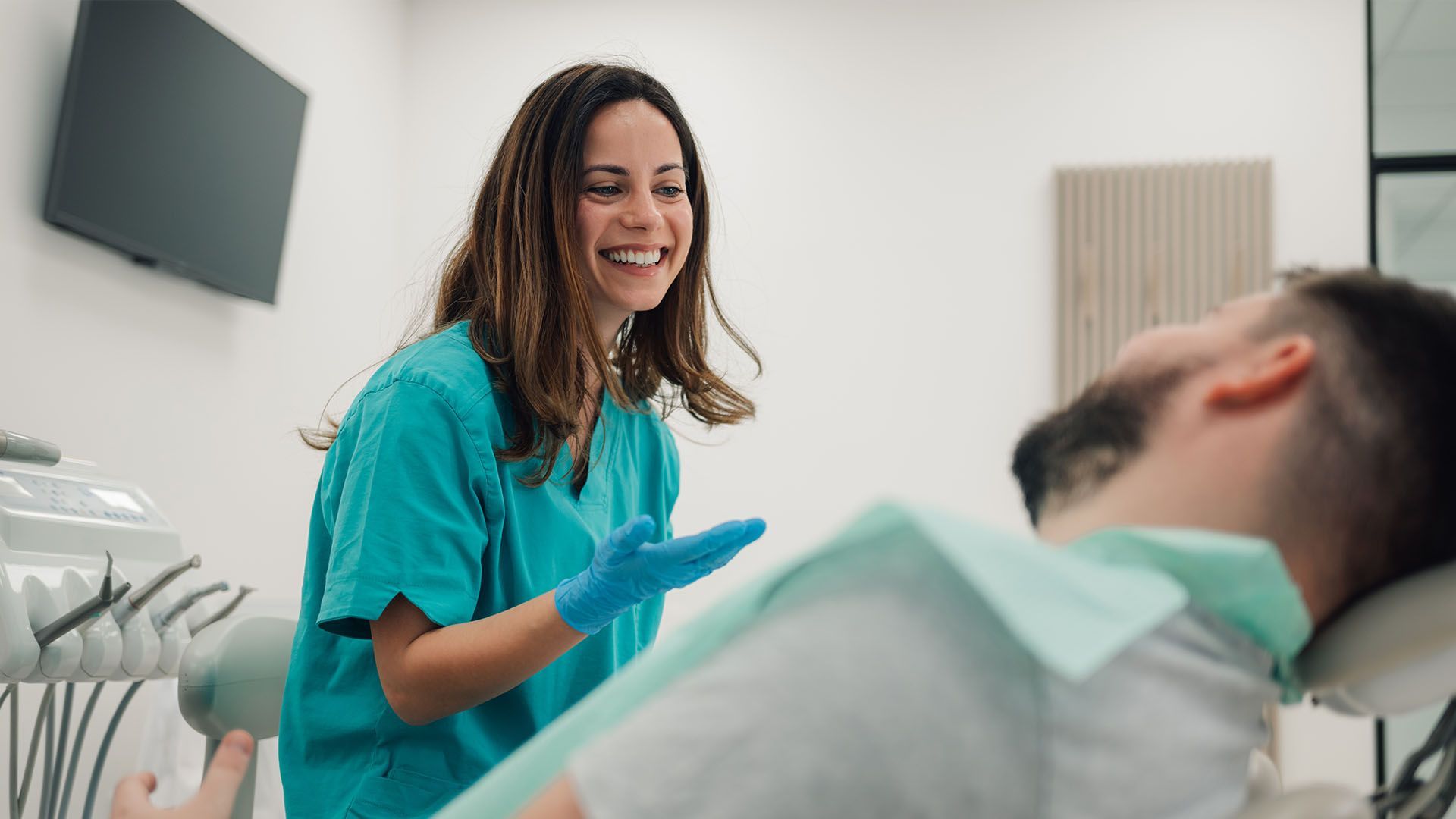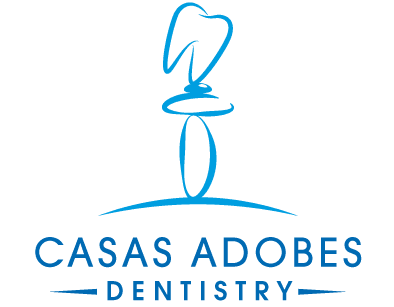Can a Tooth Infection Heal Without a Root Canal? What the Dentist Says

At Casas Adobes Dentistry, we've seen thousands of patients suffering from tooth infections. Dr. Michael Allen, with over 20 years of experience in general and emergency dentistry, has helped patients avoid unnecessary procedures and find the safest, most effective treatments. While we always prioritize preserving natural teeth, not every infection needs a root canal. In this article, we'll explain when a root canal might be avoidable, and what you can do instead to relieve pain and stop the infection.
This article gives you real answers, fast. We’ll start with what a dental abscess is, explain how serious it can get, and then walk you through professional and at-home care options that may help, without jumping straight to a root canal.
What Is a Tooth Infection (Dental Abscess)?
A tooth infection happens when bacteria enter the pulp (the soft inner tissue) of the tooth or the surrounding gum. This leads to a dental abscess, which is a pocket of pus caused by the body trying to fight the infection.
Causes and Common Symptoms
- Deep cavities or decay
- Cracked or chipped teeth
- Gum disease
- Past dental trauma
Symptoms may include:
- Throbbing pain
- Facial swelling
- Bad taste in mouth
- Fever or general discomfort (malaise)
- Difficulty chewing
- Swollen lymph nodes under the jaw
Why Infections Don’t “Self-Heal” in Most Cases
Unfortunately, most tooth infections don’t go away on their own. Bacteria multiply, and the infection can spread to your jaw, neck, or even bloodstream. That’s why you should never ignore signs of an abscess, even if the pain goes away temporarily.

When You Might Avoid a Root Canal
Not every infected tooth needs a root canal. The key is early diagnosis and knowing your options.
Early/Reversible Situations vs Established Abscess
- Reversible pulpitis (early irritation) may heal with a
filling or
crown.
- Advanced abscesses typically require more intensive treatment.
Dentist’s Assessment: X-rays, Vitality Tests, Gum Exam
Your dentist will use:
- X-rays to look for bone loss or infection spread
- Cold/hot tests to check nerve vitality
- Gum exam to find swelling or pus pockets
These help determine whether a root canal is necessary or if a different approach could work.
Evidence-Based Treatments Without a Root Canal
Incision and Drainage: What to Expect
If pus has built up, the dentist may perform a small incision to drain the abscess. This relieves pressure and pain but doesn’t treat the root cause, so further care is still needed.
What it feels like: Local numbing makes it mostly painless, followed by soreness and relief afterward.
Tooth Extraction as a Definitive Alternative
If the tooth can't be saved, extraction removes the source of infection. It's a quicker recovery than a root canal, but you may need a dental implant, bridge, or partial denture later to replace the missing tooth.
Antibiotics: Role, Limits, and Safety
Antibiotics like amoxicillin or metronidazole may be prescribed to control the infection, especially if there's swelling, fever, or spreading. But antibiotics alone won’t cure the abscess. They buy time until proper treatment.
Never use leftover antibiotics or skip doses this can worsen resistance and delay healing.
Pain Management and Swelling Control
Over-the-counter medications like ibuprofen or acetaminophen (paracetamol) help reduce pain and swelling. Dentists may also recommend alternating these drugs for better coverage.
Symptom Relief You Can Do at Home (Short-Term)
While waiting to see your dentist, some home remedies can help you manage symptoms.
Saltwater Rinses and Gentle Oral Hygiene
A warm saltwater rinse (1/2 teaspoon of salt in a cup of water) can help cleanse the mouth and ease inflammation. Brush gently with fluoride toothpaste, and use floss or interdental brushes to clean between teeth.
Cold/Warm Compress: When to Use
- Cold compress: Best for swelling or throbbing pain
- Warm compress: Can improve drainage (only use if no facial swelling is present)
Avoid hot packs on swollen faces, as they may worsen the infection.
Over-the-Counter Analgesics: Practical Guidance
Stick to dentist-recommended doses. Ibuprofen helps with both pain and inflammation, while acetaminophen is gentler on the stomach.
What to Avoid: Heat on a Swollen Face, Popping “Pimples,” Delaying Care
- Never apply heat to visibly swollen areas.
- Don’t try to pop or drain the abscess yourself.
- Don’t delay care if you have fever, swelling, or intense pain.
Step-by-Step: A Non–Root Canal Visit
Diagnosis and Urgent Stabilization
At your visit, we’ll confirm the diagnosis, numb the area, and relieve pain right away.
Drainage or Extraction Procedure
Depending on the case, we may perform incision and drainage or a tooth extraction both in one visit.
Post-Op Instructions and Follow-Up
We’ll give you written instructions on:
- Pain control
- Eating soft foods
- Keeping the area clean
- When to return for a checkup or further treatment
Risks of Delaying Treatment
Spread of Infection and Systemic Symptoms
Untreated tooth infections can spread to:
- Jawbone
- Sinuses
- Neck or bloodstream (serious and life-threatening)
If you notice fever, difficulty swallowing, or swelling that makes it hard to breathe, seek emergency help immediately.
Tooth Loss, Bone Damage, and Higher Costs Later
What starts as a manageable problem can become more expensive if delayed. You may need more complex surgeries, bone grafts, or even hospitalization.
Recovery and Aftercare
Eating, Cleaning, and Activity the First 48 Hours
- Stick to soft, lukewarm foods
- Avoid drinking through straws
- Brush gently and rinse with saltwater (not mouthwash unless advised)
Medication Adherence and Warning Signs
Take your medications exactly as prescribed. If symptoms worsen or don’t improve in 2–3 days, call your dentist.
Protecting the Area and Promoting Healing
Avoid smoking, alcohol, or poking the area with your tongue. These can slow healing.
Prevention: Lowering Your Future Risk
Daily Habits (Fluoride, Flossing, Interdental Brushes)
- Use
fluoride toothpaste twice a day
- Clean between teeth daily
- Rinse with a dentist-approved mouthwash if prone to infections
Regular Checkups and Early Cavity Management
Cavities caught early can be filled before they reach the nerve. See your dentist every 6 months, or more often if you have a history of dental infections.
Nightguards and Cracked-Tooth Prevention
If you grind your teeth, a nightguard can prevent tiny cracks that allow bacteria to enter.
Choosing the Right Path for You
Comparing Outcomes: Root Canal vs Extraction vs Drainage
| Option | Keeps Tooth | Pain Relief | Time to Heal | Cost | Long-Term Outcome |
|---|---|---|---|---|---|
| Root Canal | Yes | Yes | Moderate | $$ | Best for function |
| Extraction | No | Yes | Faster | $ | May need implant |
| Drainage Only | Maybe | Temporary | Short-term | $ | Often needs follow-up treatment |
Cost, Downtime, and Cosmetic Considerations, Front vs Back Teeth
- Front teeth are more visible, so
saving them is often preferred
- Back teeth take pressure when chewing, so
function is a bigger concern
Ready to Get Out of Pain Safely?
How to Book an Urgent Evaluation and What to Bring
Call Casas Adobes Dentistry today to book a same-day evaluation. Bring:
- A list of your medications and allergies
- Any recent dental X-rays or notes
- Your insurance card
- Questions you’d like to ask the dentist
We’ll explain your options clearly and help you get relief, without pushing you into a root canal unless it’s absolutely necessary.
At Casas Adobes Dentistry, we treat every patient like family. If you're in pain and worried about needing a root canal, let us assess your options. Whether it’s antibiotics, drainage, or another approach, we’ll find the safest path forward for you.
Call today or book online to get relief now.
Your comfort and safety come first.








